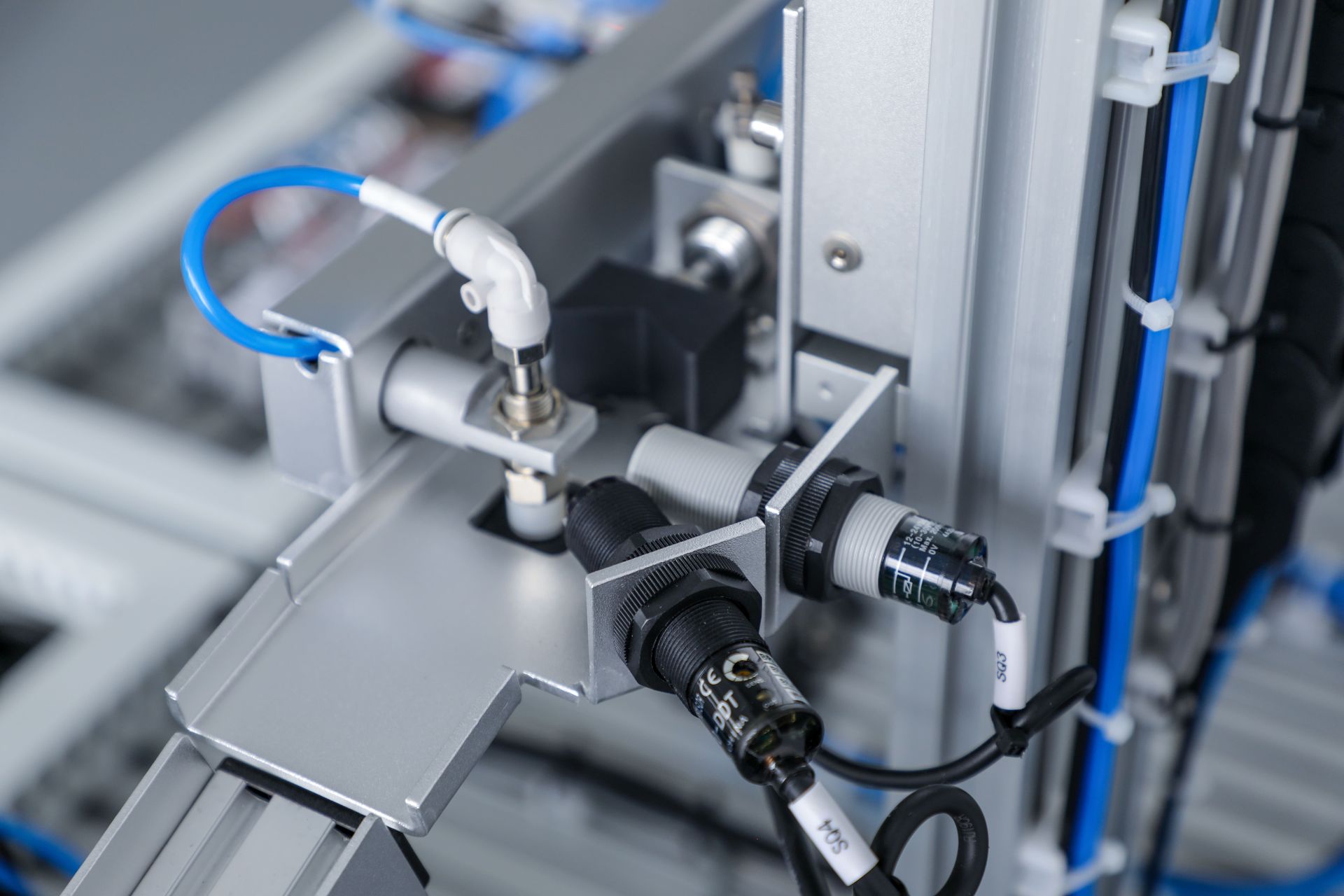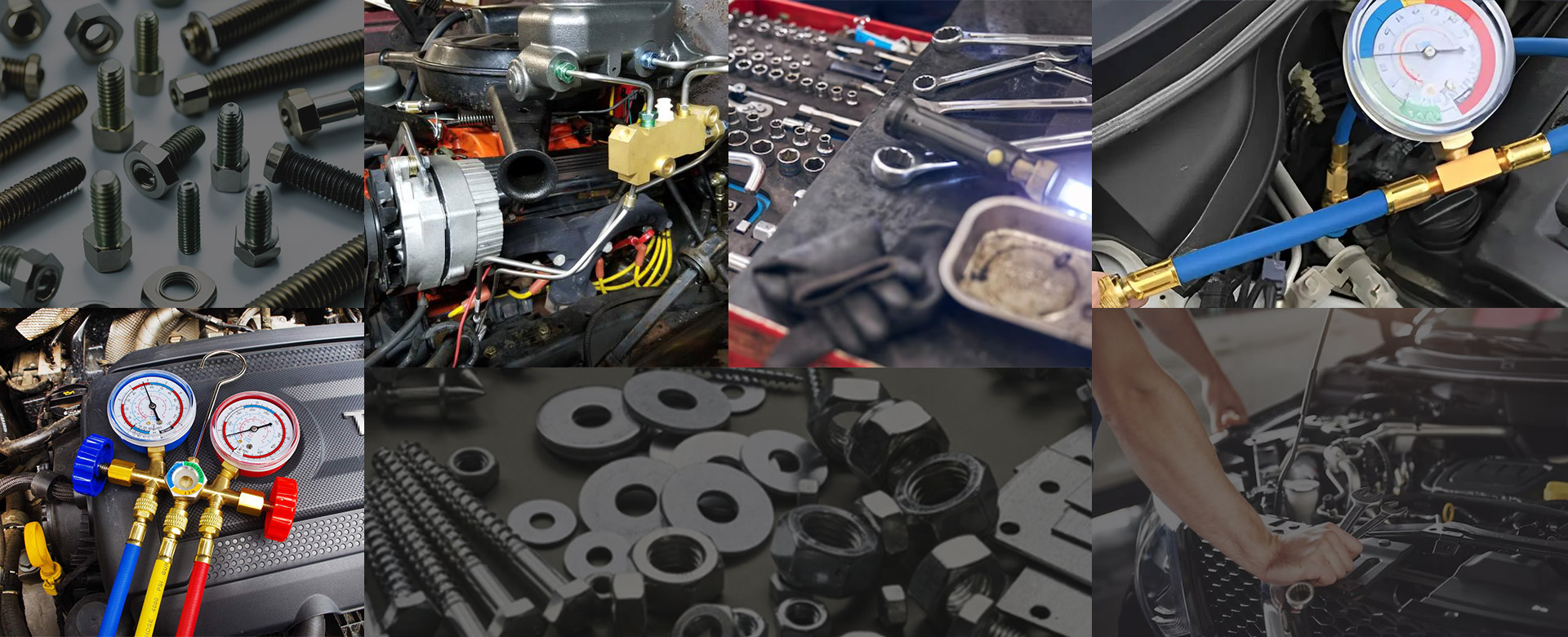Understanding Brake Line Fittings and Brass Fittings in Automotive Systems
22 Dec 2023
Introduction:
Brake systems play a critical role in ensuring vehicle safety, and the components within these systems must meet high standards of reliability and durability. One crucial aspect of brake systems is the use of brake line fittings, particularly those made from brass. In this article, we will delve into the significance, types, and applications of brake line fittings and brass fittings in automotive settings.
I. Brake Line Fittings: An Overview
Brake line fittings are essential components that connect various parts of a vehicle's brake system, facilitating the transmission of brake fluid. These fittings come in different shapes and sizes, allowing for flexibility in design and installation. Common materials used for brake line fittings include steel, aluminum, and brass.
II. Types of Brake Line Fittings
1. Flare Fittings:
Flare fittings are a standard type of brake line fitting widely used in automotive applications. They feature a flared end that ensures a secure connection, minimizing the risk of leaks. Common flare fitting standards include SAE (Society of Automotive Engineers) and DIN (Deutsches Institut für Normung).
2. Compression Fittings:
Compression fittings utilize a compression nut and sleeve to create a tight seal around the brake line. While not as common as flare fittings, they are still employed in certain brake system configurations.
3. Banjo Fittings:
Banjo fittings are designed for applications where space is limited. They consist of a banjo bolt, two sealing washers, and a banjo eye. This configuration allows for fluid flow in confined spaces, making it suitable for specific brake system layouts.
III. The Role of Brass Fittings in Brake Systems
1. Corrosion Resistance:
Brass fittings are favored in brake systems for their excellent corrosion resistance. Brake fluid, which often contains corrosive elements, can degrade certain materials over time. Brass withstands these corrosive effects, contributing to the longevity and reliability of brake systems.
2. Malleability and Formability:
Brass is a malleable material, allowing for the creation of intricate fitting designs. This property is particularly advantageous when designing fittings for complex brake system layouts. The formability of brass ensures a snug fit, minimizing the chances of leaks.
3. Temperature Stability:
Brake systems can experience a wide range of temperatures during operation. Brass fittings exhibit good temperature stability, maintaining their structural integrity and sealing properties across various temperature conditions.
IV. Advantages of Brass Fittings in Brake Systems
1. Longevity and Durability:
The corrosion resistance of brass translates to increased longevity and durability in brake systems. This longevity is crucial for the safety and reliability of vehicles.
2. Ease of Installation:
Brass fittings are known for their ease of installation. Their malleability allows for straightforward shaping and fitting, simplifying the assembly process in automotive manufacturing.
3. Cost-Effectiveness:
While brass fittings may have a slightly higher initial cost compared to some alternatives, their long-term durability and reliability contribute to cost-effectiveness over the lifespan of the vehicle.
V. Considerations in Brake Line Fitting Selection
1. Material Compatibility:
When selecting brake line fittings, it's essential to consider the compatibility of materials. Ensuring that all components are made from materials that complement each other helps prevent corrosion and enhances overall system performance.
2. Standard Compliance:
Adhering to industry standards, such as SAE or DIN, ensures that brake line fittings meet specific requirements for size, shape, and performance. This compliance is crucial for the interoperability of components in different automotive systems.
Conclusion:
In the realm of automotive safety, brake systems stand as a critical line of defense. The choice of brake line fittings, especially those crafted from brass, significantly influences the reliability and durability of these systems. Understanding the types, advantages, and considerations associated with brake line fittings is essential for both automotive engineers and enthusiasts alike, as they collectively contribute to the seamless operation of vehicles on the road.

Brake systems play a critical role in ensuring vehicle safety, and the components within these systems must meet high standards of reliability and durability. One crucial aspect of brake systems is the use of brake line fittings, particularly those made from brass. In this article, we will delve into the significance, types, and applications of brake line fittings and brass fittings in automotive settings.
I. Brake Line Fittings: An Overview
Brake line fittings are essential components that connect various parts of a vehicle's brake system, facilitating the transmission of brake fluid. These fittings come in different shapes and sizes, allowing for flexibility in design and installation. Common materials used for brake line fittings include steel, aluminum, and brass.
II. Types of Brake Line Fittings
1. Flare Fittings:
Flare fittings are a standard type of brake line fitting widely used in automotive applications. They feature a flared end that ensures a secure connection, minimizing the risk of leaks. Common flare fitting standards include SAE (Society of Automotive Engineers) and DIN (Deutsches Institut für Normung).
2. Compression Fittings:
Compression fittings utilize a compression nut and sleeve to create a tight seal around the brake line. While not as common as flare fittings, they are still employed in certain brake system configurations.
3. Banjo Fittings:
Banjo fittings are designed for applications where space is limited. They consist of a banjo bolt, two sealing washers, and a banjo eye. This configuration allows for fluid flow in confined spaces, making it suitable for specific brake system layouts.
III. The Role of Brass Fittings in Brake Systems
1. Corrosion Resistance:
Brass fittings are favored in brake systems for their excellent corrosion resistance. Brake fluid, which often contains corrosive elements, can degrade certain materials over time. Brass withstands these corrosive effects, contributing to the longevity and reliability of brake systems.
2. Malleability and Formability:
Brass is a malleable material, allowing for the creation of intricate fitting designs. This property is particularly advantageous when designing fittings for complex brake system layouts. The formability of brass ensures a snug fit, minimizing the chances of leaks.
3. Temperature Stability:
Brake systems can experience a wide range of temperatures during operation. Brass fittings exhibit good temperature stability, maintaining their structural integrity and sealing properties across various temperature conditions.
IV. Advantages of Brass Fittings in Brake Systems
1. Longevity and Durability:
The corrosion resistance of brass translates to increased longevity and durability in brake systems. This longevity is crucial for the safety and reliability of vehicles.
2. Ease of Installation:
Brass fittings are known for their ease of installation. Their malleability allows for straightforward shaping and fitting, simplifying the assembly process in automotive manufacturing.
3. Cost-Effectiveness:
While brass fittings may have a slightly higher initial cost compared to some alternatives, their long-term durability and reliability contribute to cost-effectiveness over the lifespan of the vehicle.
V. Considerations in Brake Line Fitting Selection
1. Material Compatibility:
When selecting brake line fittings, it's essential to consider the compatibility of materials. Ensuring that all components are made from materials that complement each other helps prevent corrosion and enhances overall system performance.
2. Standard Compliance:
Adhering to industry standards, such as SAE or DIN, ensures that brake line fittings meet specific requirements for size, shape, and performance. This compliance is crucial for the interoperability of components in different automotive systems.
Conclusion:
In the realm of automotive safety, brake systems stand as a critical line of defense. The choice of brake line fittings, especially those crafted from brass, significantly influences the reliability and durability of these systems. Understanding the types, advantages, and considerations associated with brake line fittings is essential for both automotive engineers and enthusiasts alike, as they collectively contribute to the seamless operation of vehicles on the road.


